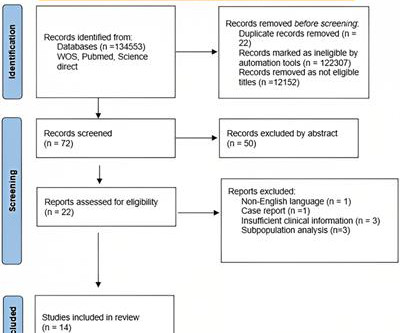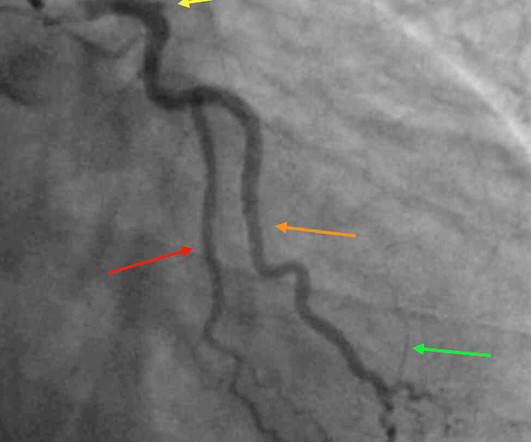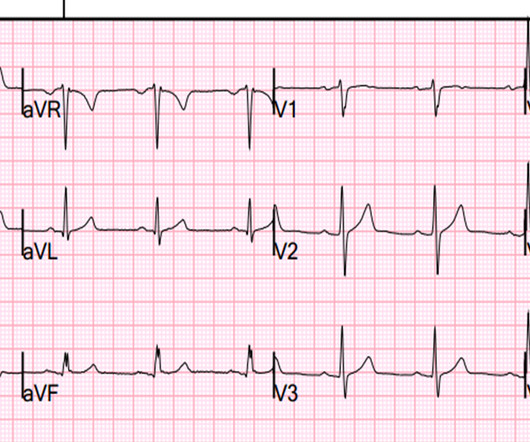Management and outcomes of spontaneous coronary artery dissection: a systematic review of the literature
Frontiers in Cardiovascular Medicine
JANUARY 15, 2024
of the patients were diagnosed with non-ST elevated myocardial infarction (NSTEMI), 36.8% with ST elevated myocardial infarction (STEMI), 3.41% with unstable angina, 0.56% with stable angina, and 0.11% were diagnosed with various types of arrhythmias. Approximately 48.5%
















Let's personalize your content